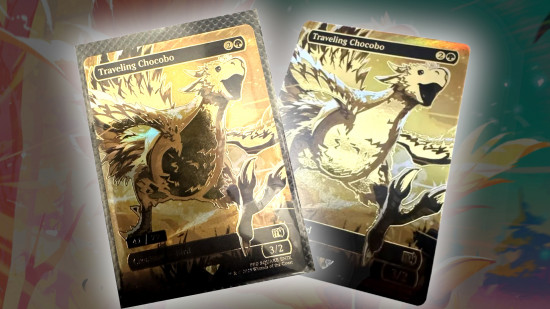For any Magic: The Gathering aficionado, few things are as devastating as discovering that a prized card, carefully traded or arduously collected, is not worth the enchantment inked upon its paper—a counterfeit, masquerading as the real deal. At the nexus of gaming and commerce, these collectible cards aren’t just slips of nostalgic cardboard; they’re masterpieces of storytelling, portals of memories, and for some, small pieces of sheer financial value that can dwarf even the most decadent daily expenses. Unfortunately, as the worth and allure of these cards rise, so does the cunning of counterfeit producers, who seek to capitalize on the game’s booming popularity with duplicitous facsimiles. Luckily, you, the discerning collector, have a whole host of tricks up your sleeve to expose these devious cards in disguise.
First, embrace what nature has already endowed you with—your senses. The first line of defense against counterfeit cards is your own instincts. Take the “texture test,” where a genuine Magic card offers a matte surface that’s tactilely distinctive. It’s like knowing the difference between a leather-bound tome and an off-the-shelf paperback. That subtle texture stands in stark contrast to the often-glossy surface of a fake, which can feel as uncomfortable as damp socks. When in doubt, compare your card of interest to a land card from the same set, because land cards, while often overlooked in play, have the same production finesse and subtlety as their rarer peers.
Make light work of it, quite literally. By holding a card up against a light source, you’re not just serenading it—you’re performing one of the oldest tricks in the book. Authentic Magic cards hold within them a distinct, often elusive, blue core sandwiched delicately between layers. When the light filters through, it blesses the card with a cool, soft illumination. Counterfeits, in an effort to imitate, often botch this balance. The light might expose them as too thick, radiating nothing but shadow, or they might be tissue-thin, beaming back an inconsistent and harsh brightness that screams “Fake!” more than a loudspeaker at a flea market.
If your suspicions remain, it’s time to introduce your magnifying glass to the mix. Jewelers often use a 30x loupe, a fantastic yet affordable way to peer into the soul of your card. When examined closely, real Magic cards reveal a delicate rosette pattern in their print. These tiny dots aren’t just players on the card, but part of a meticulous orchestration that grants life and vibrancy to the text and illustrations. Counterfeit cards, on the other hand, end up with a cringe-inducing performance of blurry digital pixels or inconsistent grids that look like they’re lost at sea.
For the more technically inclined, test the black ink. Real Magic cards treat their text, mana symbols, and the mighty names with reverence, laying them down in a single, bold layer of pure black ink. Fakes assault this practice with a composite black, a Frankenstein’s monster of colored dots that conspire only in paster colors under magnification. Real ink flows gracefully like a dark river; fake ink looks fuzzy, like an artist unsure of their next stroke.
And let’s not forget the infamous Green Dot “L.” Flip your card to its backing and zoom in near the green mana symbol. If you’re getting queasy from lack of detail—like a blurry seaside sunset—then you’re probably looking at a counterfeit. Success lies in seeing a neat, small, upside-down “L” formed by red dot patterns inside its yellow-green border. If you can’t find it or if it’s as wonky as a tower of playing cards, well, there’s your clue.
In response to ever-evolving forgeries, Wizards of the Coast modernized their protections starting with the Magic 2015 release. High-value rares and mythics flaunt a small oval hologram stamp next to rarity symbols. A legitimate hologram should seamlessly integrate with the card, showcasing microtext and intricate symbols. Counterfeits often stick out like a sore thumb—grainy or as subtle as an IT guy’s attempt at improvisational stand-up.
In your energetic quest to unmask these frauds, steer clear of drastic tactics like tearing or bending that could harm a precious, legitimate card. Such methods are as obsolete as trying to hit every note on a rusty trumpet—they might work, but they also could ruin your masterpiece.
As you dive back into the delightful theater of deck-building, remember that detecting a fake Magic card is like conducting an orchestra—one method is not enough. Use your senses, shine a light, peep through the loupe, and stack your evidences like a build-up in crescendo. You’ll not only shield your treasure but enhance the game’s sanctity for everyone else. By refining these skills, you ascend to the ranks of a sage collector, ensuring that Magic: The Gathering remains a noble pursuit, unsullied by the fickle charms of forgery.


